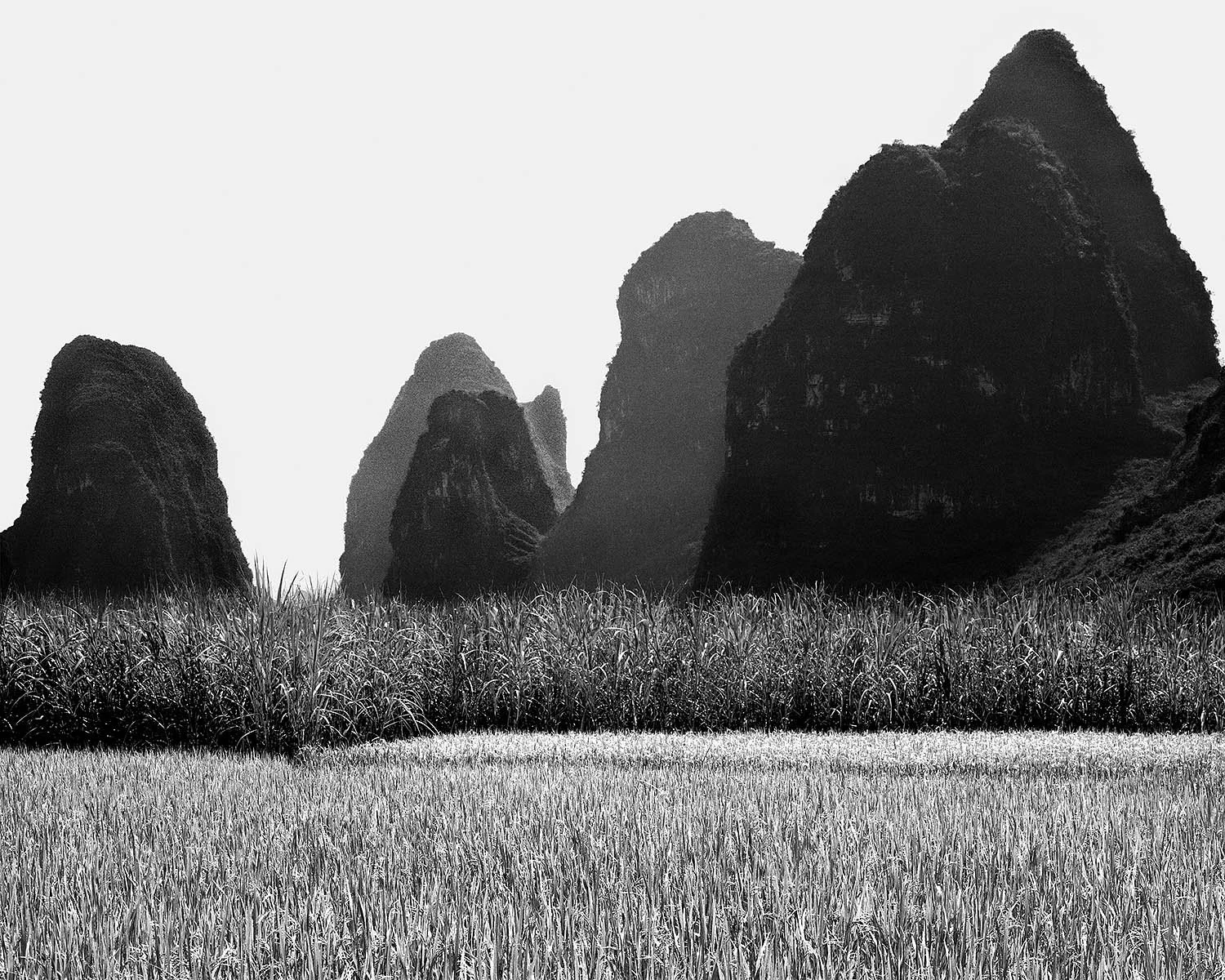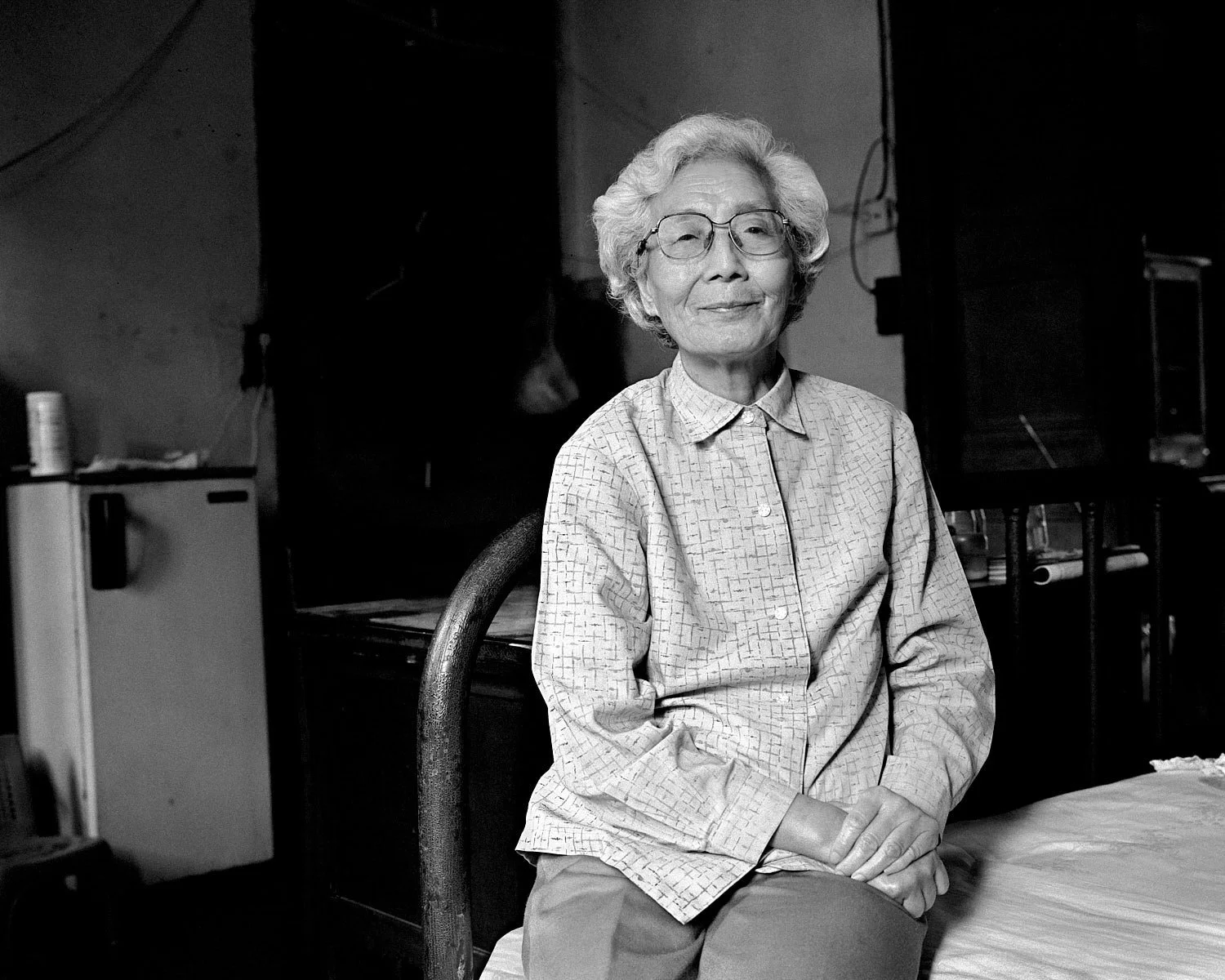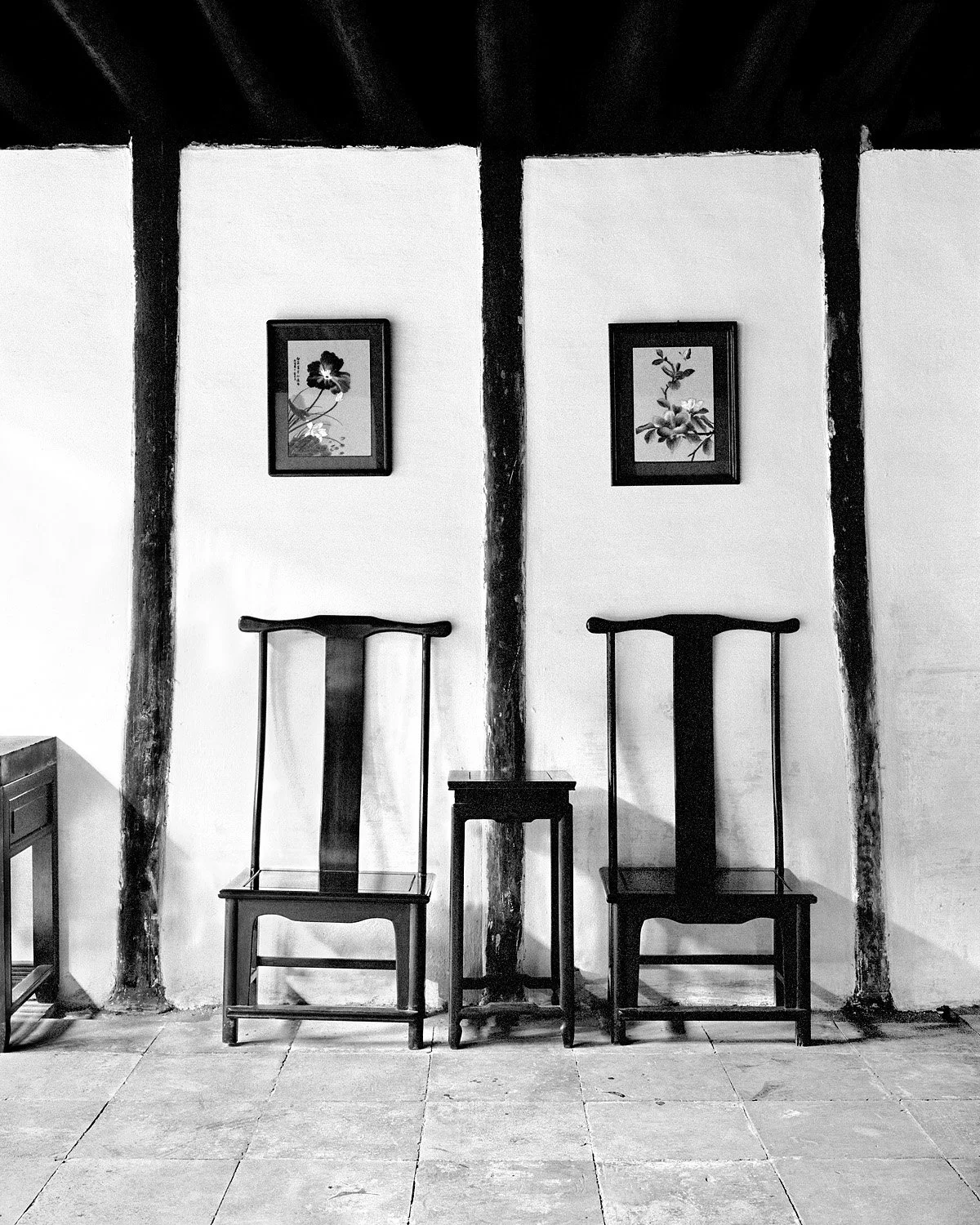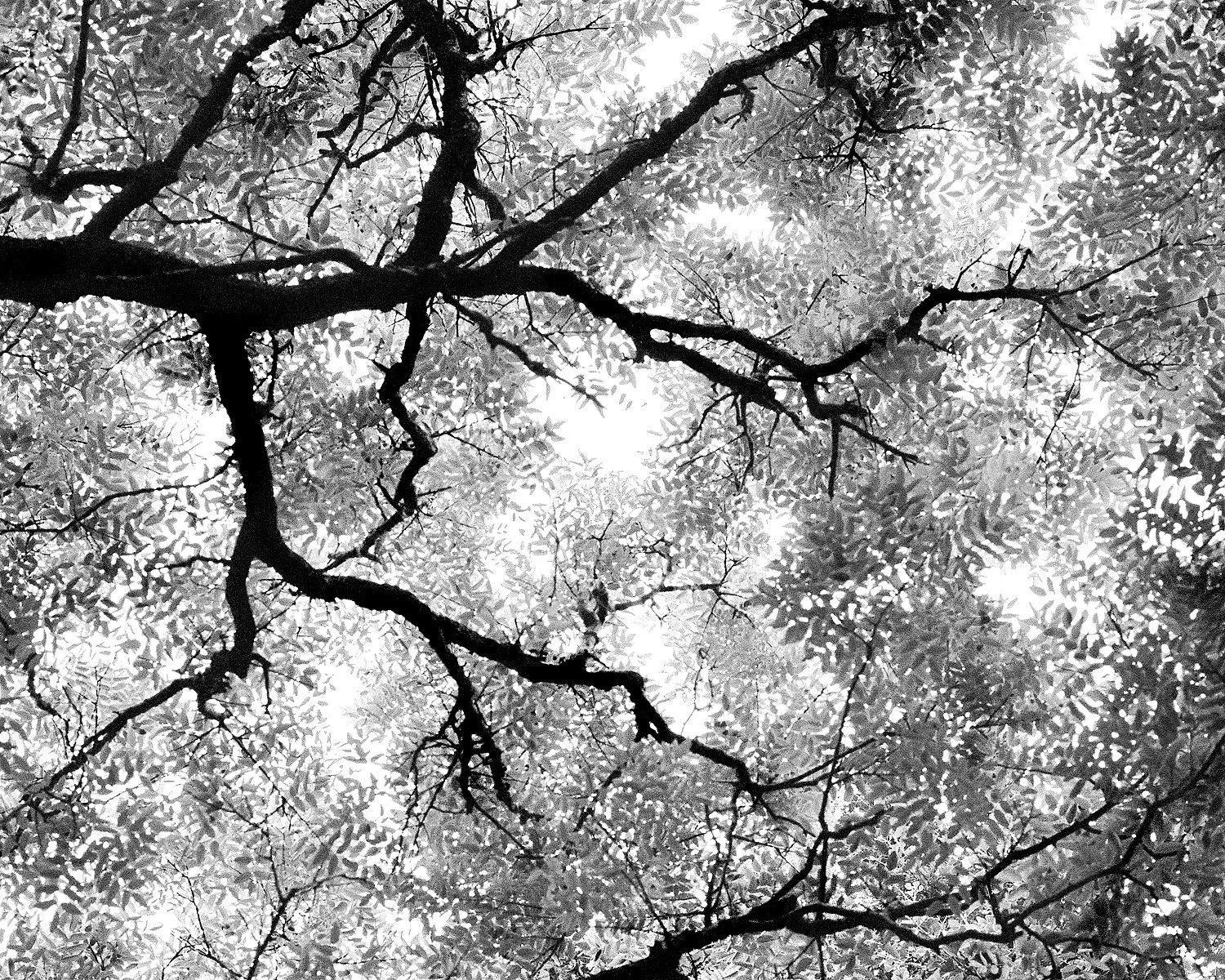China Photography Gallery
Rural and Urban Photographs of China in the 1980s, 1990s, 2000s
1986 Yangshuo – Karst Formations and Rice Fields, Guangxi Province
1987 Yellow Mountain – Stone Monkey Gazing at the Sea, Anhui Province
1987 Drum Tower Village and Rice Terraces - Chengyang, Guizhou Province
1987 Village Water Well - Chengyang, Guizhou Province
1986 Villagers, Yunnan Province
1986 Roaside Villagers, Yunnan Province
1987 Tailor - "Fashion of the Times", Guizhou Province
1987 Elder in Drum Tower, Guizhou Province
1987 36 School Boys, Guizhou Province
1986 Tibitan Monk, Lasha
1986 Tibetan Monk - Thuptan Wangchuk, Lhasa
1986 Tibetan Young Monks, Sera-Monastery
1986 Tibetan Monk, Sera Monastery
1987 Nuns, Guiyang
1987 Young Nuns, Guiyang
1987 Nuns, Sanjiang
1988 Commune Farmer, Chongming Island
1988 Wang Rouwang - Dissident, Shanghai
2000 Dai Qing - Dissident, investigative journalist, and environmental activist - Beijing
1987 Middle School Teachers, Shanghai
1988 Yangzi Dong - Composer, Conductor, and Pianist – Shanghai
2000 Liu Dalin - Sexologist, founder of China Sex Museum, Shanghai
1988 Li Zhang - Editor, Shanghai Music Publishing House, Shanghai
1988 Wang Anyi - Novelist, Screenwriter, and Short Story Author - Shanghai
1987 Wang Zheng - Feminist, Shanghai
1988 Zhu Lin - Feminist, Shanghai
1988 Lin Er - Feminist, Shanghai
1995 Li-Ziyun - Feminist, Shanghai
2003 Wang Xiaoying - Gender Studies, Shanghai
1999 Two Room Home, Shanghai
1999 One Room Home, Shanghai
2001 Chong Sween and Sister - One Room Home, Shanghai
2002 Ke - One Room Home, Shanghai
1987 December Snow, Shanghai
1993 Park Hotel - People's Square on the left, Shanghai
2001 Nanjing Road Walking Street, Shanghai
2002 Chinese Food, Shanghai Amusement Park
2002 Taikang Road, Shanghai
2002 Shanghai Pudong Financial District - Jin Mao Tower, Golf Driving Range Fence, Last Homes
1993 Day Care Beds, Shanghai
2001 Great Hall of the People, Beijing
1988 Bei Lin - 837 AD Tang Dynasty Stone Books, Xi'an City Wall
1987 Countryside Bedroom
2002 Art Deco Dresser - One Room Home, Shanghai
2004 Tea Farmer's Home, Yunnan Province
2000 Ming Chairs, Zhujiajiao
2002 Toilet and Chair – Mural Artist Studio, Shanghai
2004 Plant Window - Shouxing Road, Shanghai
2004 Lattice Doors and Patio, Beijing
2000 Mao Zedong, Lijiang Red Sun Square
1995 Rain Road, Yintai
1995 Village, Shandong Province
1986 West Lake, Hangzhou
2003 West Lake - Gengbo Pavilion, Hangzhou
2003 Roots - 1000-Year-Old Banyan Tree, Xishuangbanna
2000 Leaves - Chinese Scholar Tree, Lijiang
2004 Summer Palace, Beijing
2001 Sinan Road - 2 am, Shanghai
China Photographs in 1980s, 1990s, 2000s – Documentary Fine Art Photographer John Palmer
During the 1980s and 1990s, my photographic work was produced using a 4x5 view camera, a tool that allowed for meticulous composition and detail. In the 2000s, I transitioned to a 6x7 rangefinder camera, which offered more flexibility and spontaneity. Available light, slow shutter speeds, a tripod, and expansion film development (to increase contrast) are the methods I use to produce my negatives. Rather than peer through the viewfinder during exposure, I stand next to the camera and limit my shots to two to four frames when making a portrait. This disciplined approach allows me to have a more personal rapport with my subjects, who become partners in producing the image. This shift in equipment, along with my evolving artistic vision, has resulted in a comprehensive body of work that chronicles China at the intersection of tradition and modernity. My objective has been to employ the universal language of photography to foster cultural bridging—illuminating the faces, locales, and rhythms of a nation experiencing significant transformation.
Early 21st-century China exemplifies a nation in a state of continual transformation. Skylines are now embellished with glass towers where rice paddies once existed. Streets illuminated by neon signs are teeming with traffic, whereas rural villages steadfastly uphold the slower pace characteristic of agricultural life. Market reforms have instigated an economic surge, swiftly redefining urban landscapes and daily routines. It is often noted that a six-month absence from Shanghai may render one unfamiliar upon return. From serene rural pathways to the energetic vibrancy of megacities, my photography of China chronicles the nation's transition into a new epoch. This ongoing narrative garners persistent international attention, leaving the audience eager to learn more about this dynamic transformation.
Over many years of travel, I have maintained close proximity to everyday life to document rural and urban environments through the use of local buses, taxis, subways, and trains, dining at neighborhood establishments, and staying in local hotels, consistently avoiding tourist routes. One method I have employed to connect with the individuals I photograph is through 'environmental portraits,' a style that captures subjects within their natural surroundings, offering a more intimate and authentic depiction. Frequently, I was invited into local residences to create these environmental portraits.
The gallery exemplifies this intimacy and diversity: villagers drawing water from ancient wells, Tibetan monks within monastery walls—providing a glimpse into enduring ritual life amid a changing world, pioneering feminist scholars who established Women's Studies in Chinese universities by challenging traditional gender roles, and families inhabiting small apartments in Shanghai amidst years of urban transformation—serving as visual documentation of rapid urbanization and its influence on China's social fabric. These images also embody the voices of authors, composers, and dissidents whose ideas have profoundly shaped China's cultural landscape. Collectively, these photographs constitute a complex archive of a nation in transition. They not only preserve the memory of a diminishing China and record the emergence of a new China but also engage viewers in an ongoing narrative—interweaving past, present, and future through the medium of photography. Your involvement in this preservation process is crucial, positioning you as an active participant in this narrative.



























































